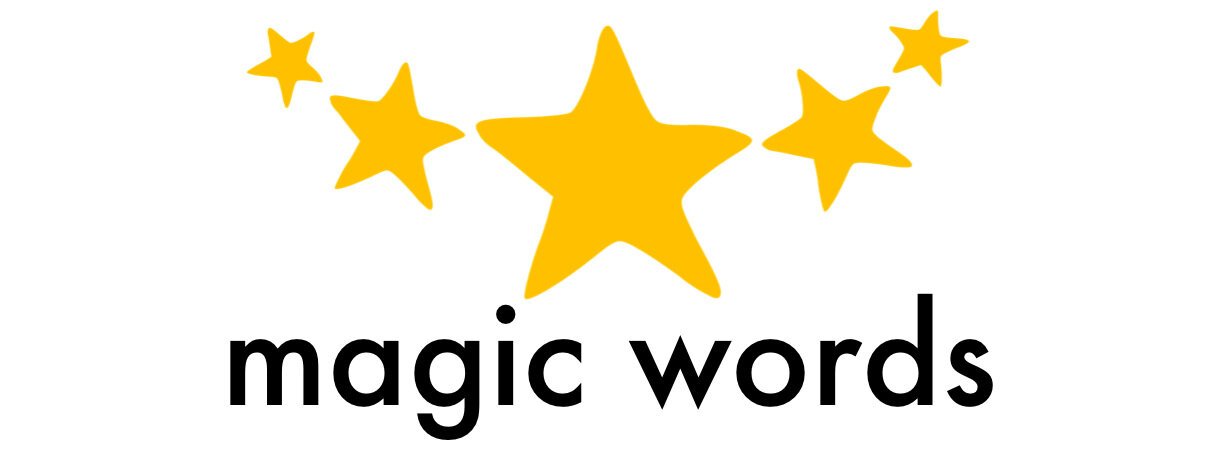By Sunita Shah - Service Lead for North West London and Specialist Speech and Language Therapist in Bilingualism
I have been a practising Speech and Language Therapist for over 18 years and a parent of two lovely boys for 5 years... Wow! How much my practice has changed since becoming a parent and seeing “the other side”!
From the moment you see those two blue lines on a pregnancy test the worrying and excitement starts. It only grows when you have that bundle of joy in your arms and will continue to grow, even when they are an adult (so my mother says).
As soon as you know that you are going to be a parent life totally changes. Initially there are classes from the NHS and NCT; how to go through labour, what you need to do to care for your child in the early days and months.
Advice floods in (either wanted or unwanted!) from the internet, from books, television, from friends and family. They tell you what you should and shouldn’t do, EVERYONE knows best. You need advice and support with breast feeding, sleep routines, weaning and toilet training... As time goes on there is an array of fantastic classes for babies, toddlers and children to develop song, rhymes, baby sensory, baby music classes, swimming etc...
BUT WHO REALLY TEACHES YOU to help your child’s communication to develop?
The same concerns often arise for parents:
“He’s not like his sister... when she was 2 years old she would not stop talking”.
“People do not think he’s clever as they do not understand him, and he is getting frustrated”.
“I was told her uncle did not speak till 6 years old; he is 3 years old and not said his first word.. should I be worried?”
“My son has started stammering... nobody stammers in my family why me? I have been told he will grow out of it”.
“We speak Spanish at home many chid is 2 years old and has not used any words, people say it’s because he is bilingual and I am confusing him”.
“My son’s behaviour is terrible he just will not listen I am not sure he understands me, his hearing was tested and its fine?”
“I know I should not compare, but I look at other children in his nursery and I know there is something wrong. He seems so different and does not play with the other children, he just seems in his own world”.
Have you ever been worried? Are you concerned about your child’s speech and language development? Who do you turn to? Where do you go? What should you do?
DO NOT WORRY AND DO NOT PANIC...
Magic Words is an Independent Speech and Language Therapy Practice working with children of all ages to support and develop their speech, language and communication needs.
We have clinics in Newport Pagnell, St Albans, & Harrow. We offer home visits, nursery visits and work in schools with Children with Speech Language and communication difficulties. This may include: stammering, voice problems, language delays and disorders, speech difficulties, autism and many more.
Our fantastic speech and language therapy team are specialised to assess your child; looking at the areas of the communication pyramid:
Attention & Listening
Social interaction
Play
Understanding
Use of language
Speech Sounds
We offer suitable treatment options which are personalised to your child’s needs, and most of all fun and practical.














